Over the years, twinning the federal Historic Tax Credit (HTC) program with low-income housing tax credits (LIHTCs) has become a common approach to preserving and revitalizing aging public housing complexes. Read Full Article Here


Over the years, twinning the federal Historic Tax Credit (HTC) program with low-income housing tax credits (LIHTCs) has become a common approach to preserving and revitalizing aging public housing complexes. Read Full Article Here
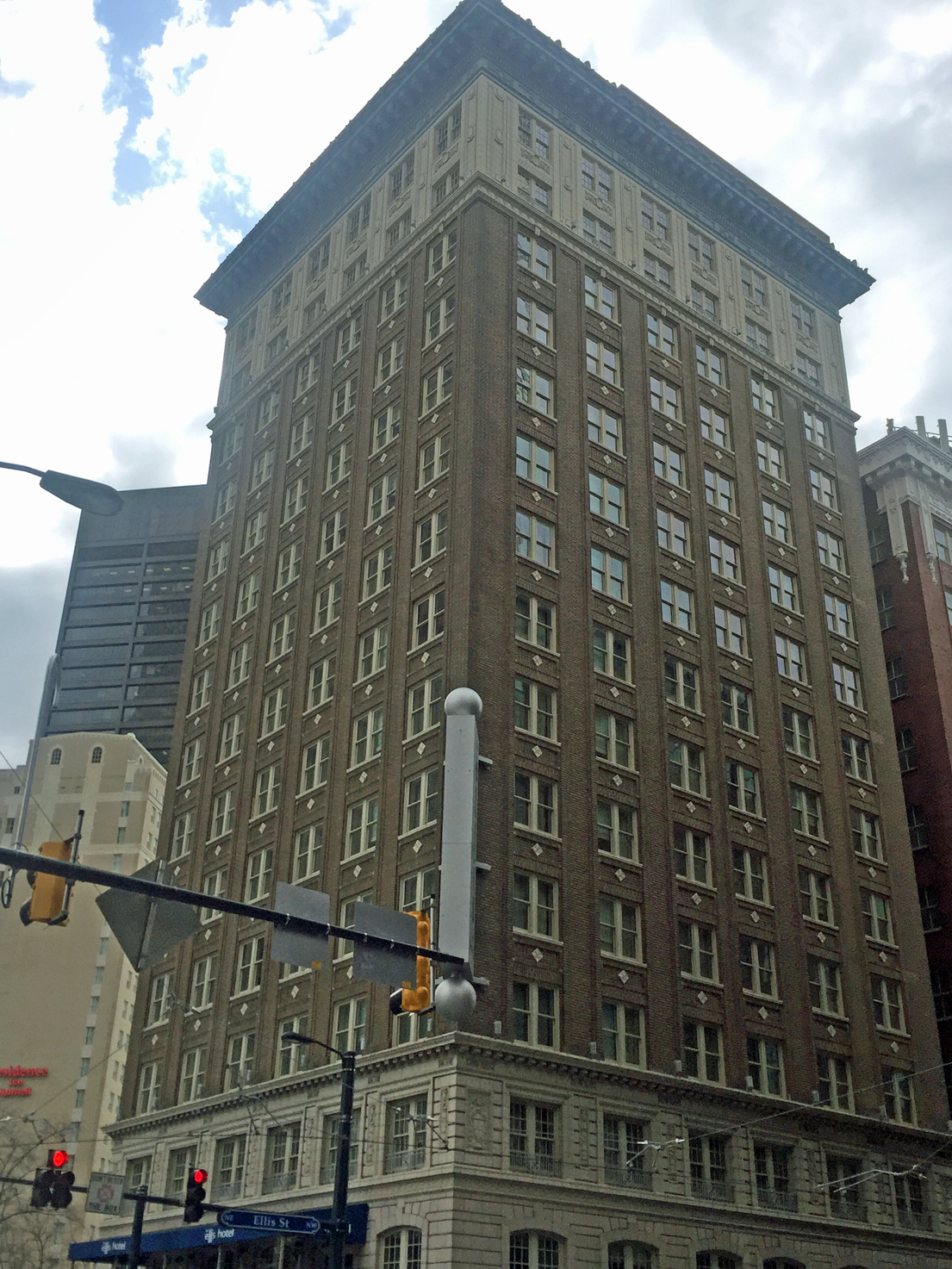
Windows are an integral component of a building’s exterior, which visually organize a façade and gracefully recede into and complement a building’s structure. Read Full Article Here
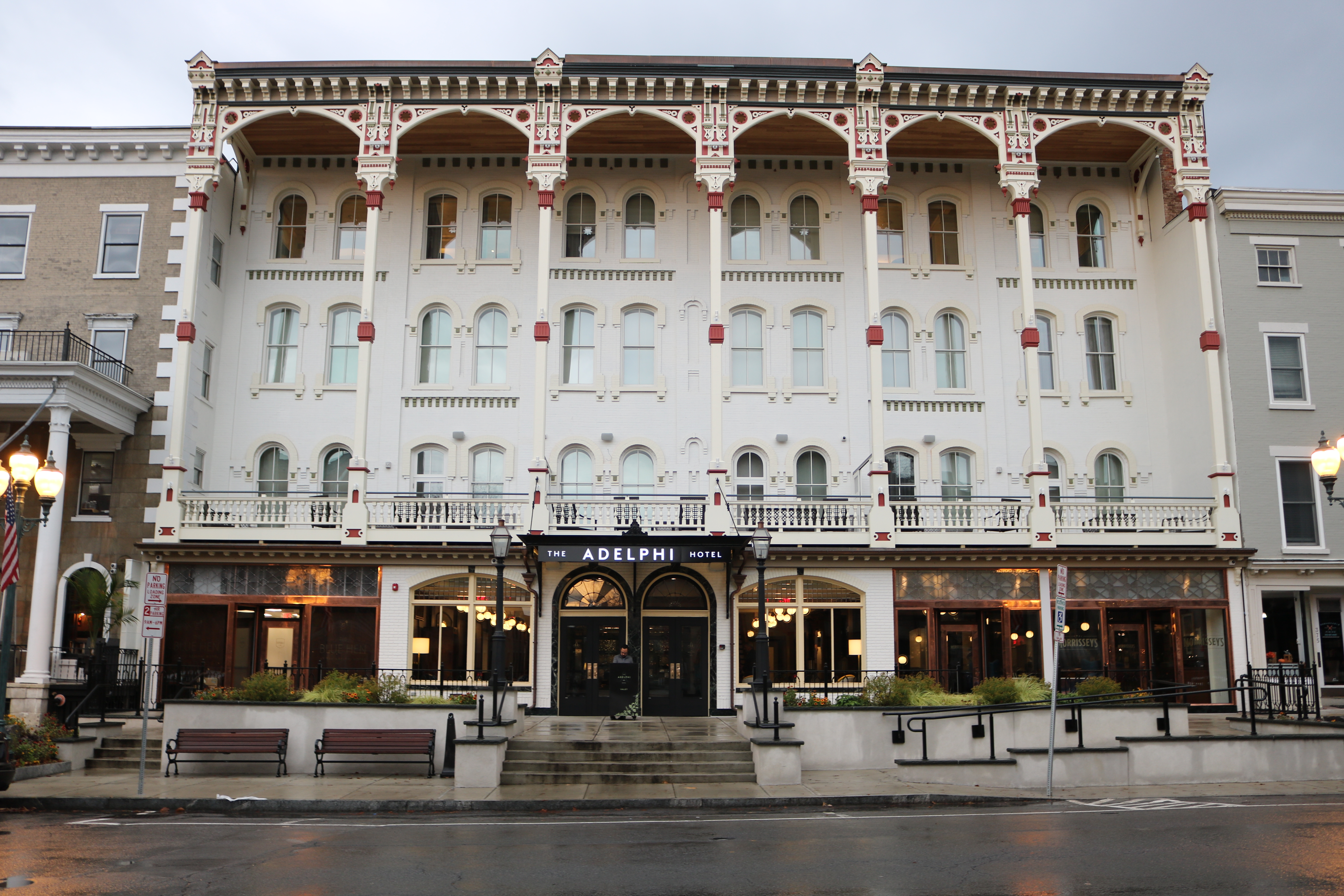
A common misconception about historic tax credit (HTC) rehabilitation projects is that the state historic preservation office (SHPO) and National Park Service (NPS) only have purview over exterior work, when in reality, interior design is a critical component in the review process, which may lead to approval or denial. Read Full Article Here…
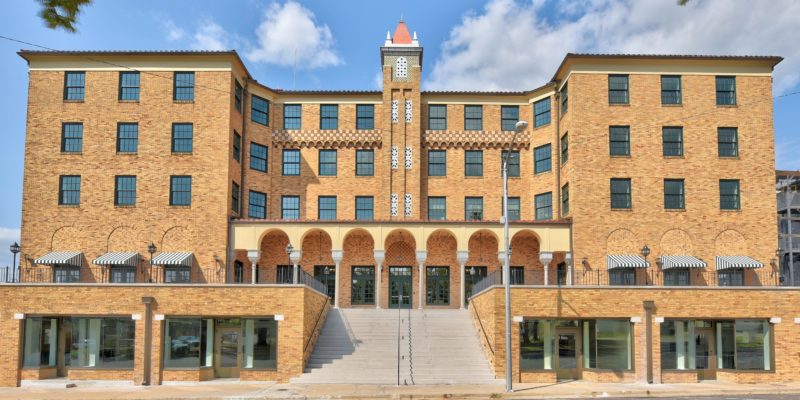
Adapting historic buildings for new uses in a historic tax credit (HTC) development often hinges on the ability to find a compatible use, so what happens when a school needs to undertake an adaptive reuse project on a historic building that was not previously used as a school? Read Full Article Here..

The reality of the real estate market is that it is cyclical. And as experienced in the past decade, the cycle down can be rapid– in some cases stopping a development before it begins. Now that the market is warming again, developers are looking to complete these partially completed developments. This cycling presents both opportunities […]
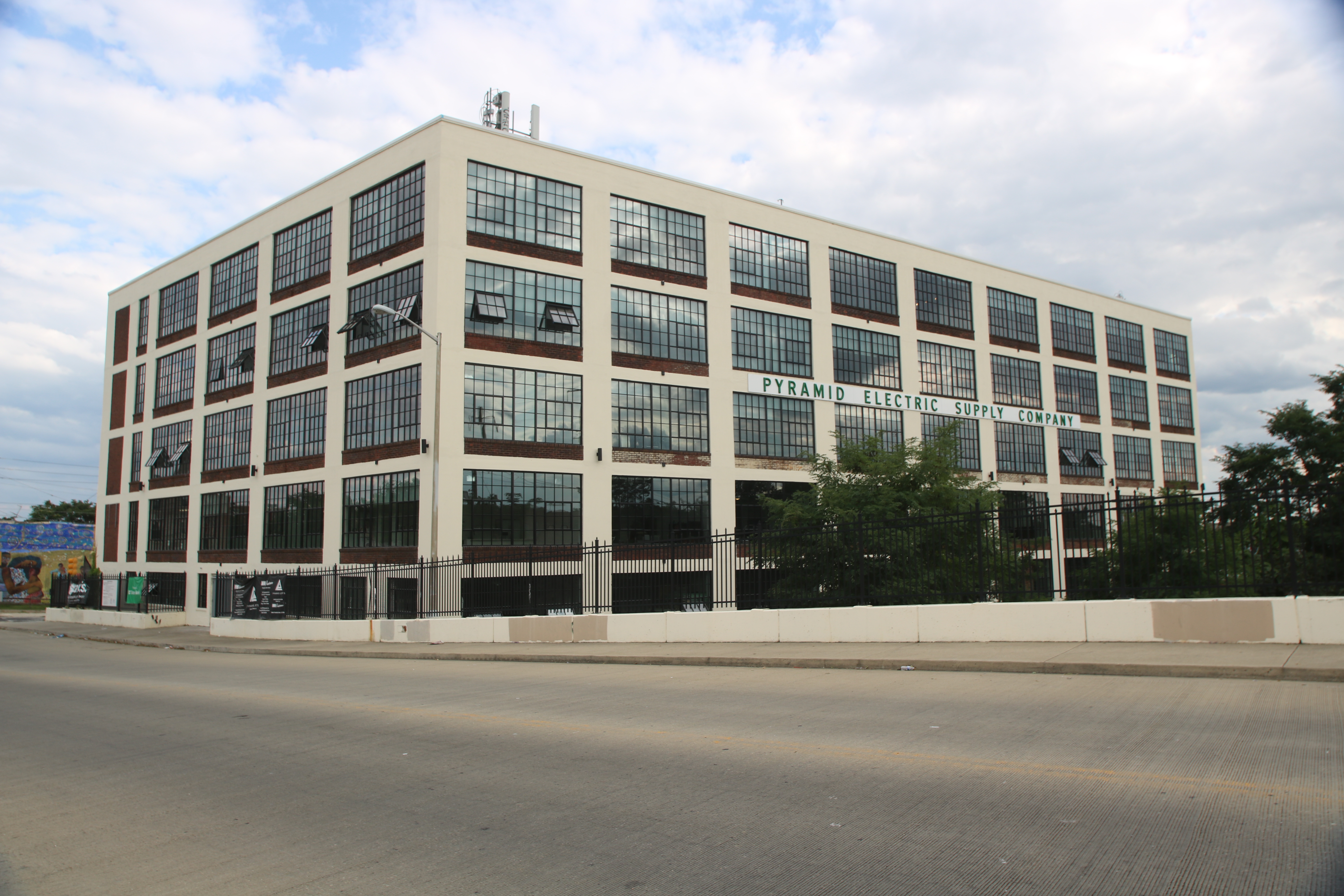
What happens when you instinctively know a building is significant, but the history is largely unknown? While a developer may feel a building is historic, unless significance is established, a building will not be eligible for the historic tax credits (HTCs). Establishing the historic and/or architectural significance of a building is the first step in […]
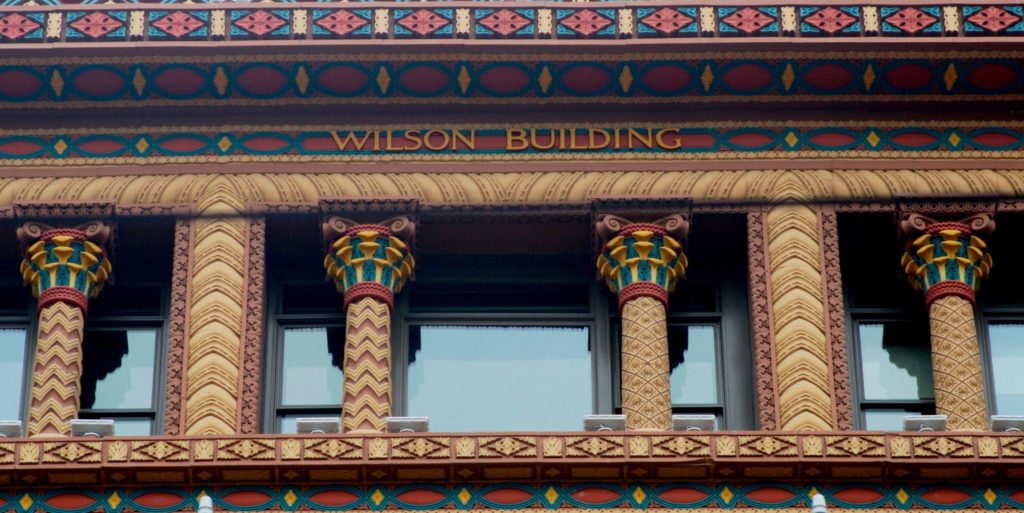
As we know, to qualify for historic tax credits (HTCs), a project must be a certified rehabilitation of a certified historic building. One common path for certifying a building as historic is to individually list it on the National Register of Historic Places, a rigorous and time-consuming process. Even in seeking preliminary determinations, this process […]
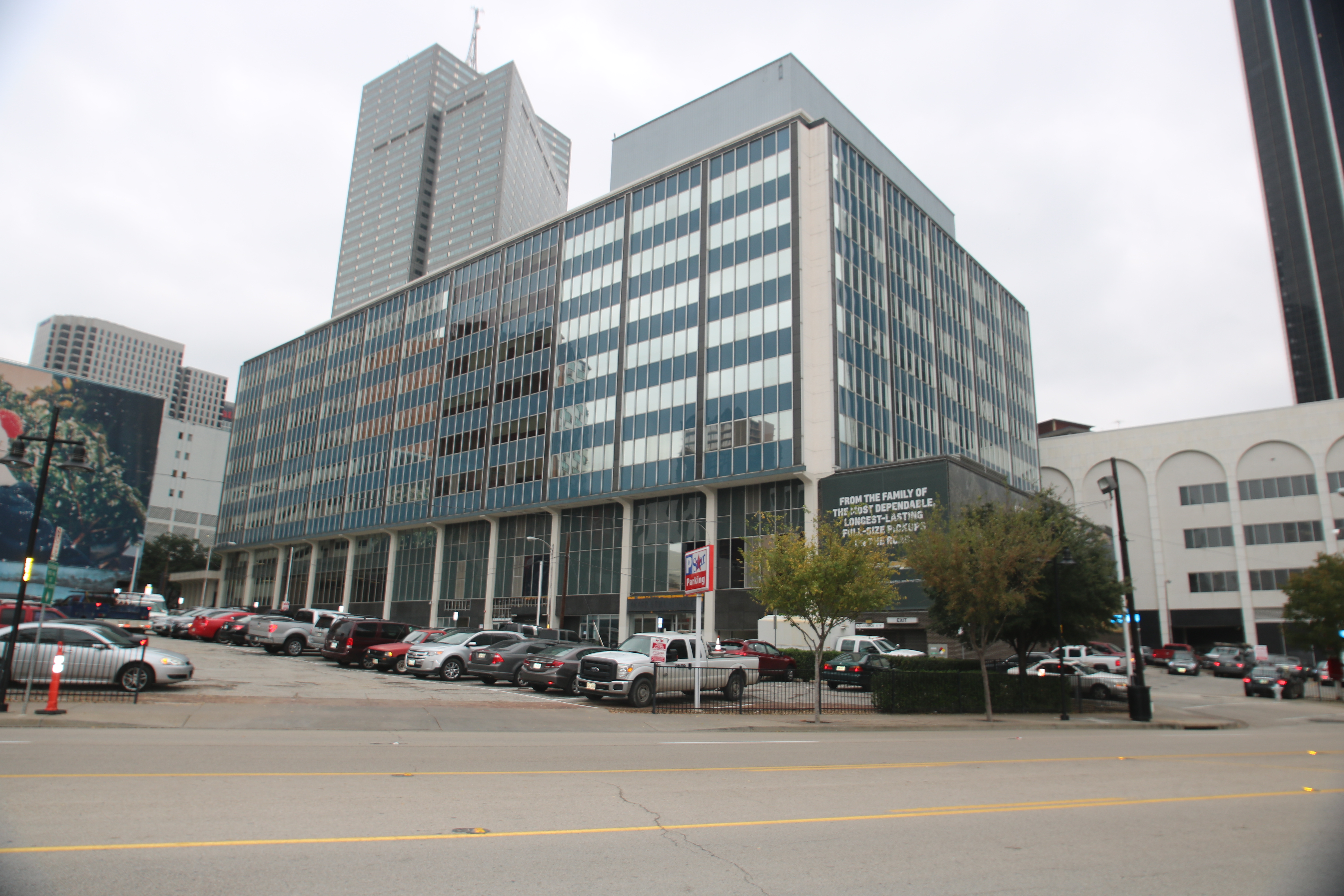
The materials and techniques involved in modern construction allowed for rapid construction in the mid-20th century. One such technique was the advent of the curtain wall in building construction. Many of the iconic midcentury modern buildings feature curtain walls. From the Seagram Building in New York City to the one-story Farnsworth House, the curtain wall, […]
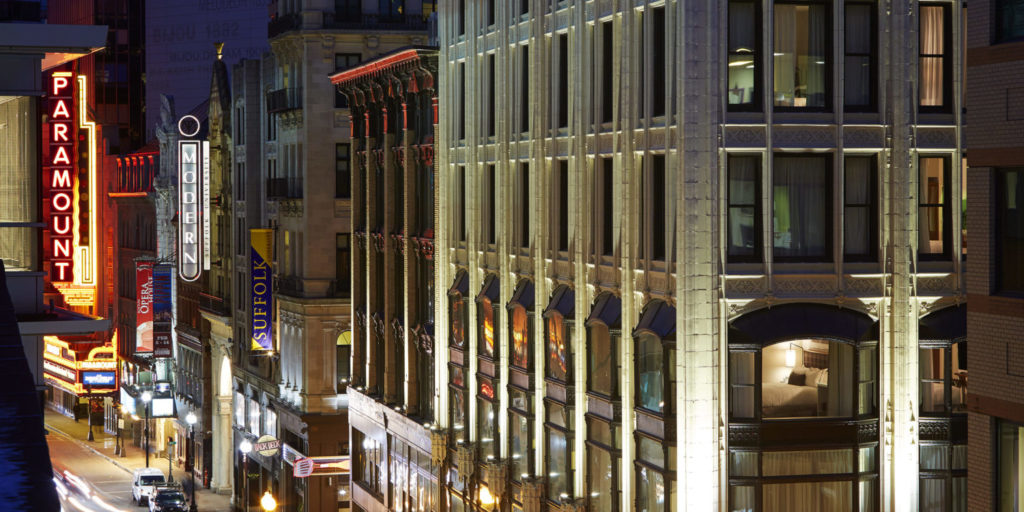
From the largest billboards to tiny plaques, exterior signs immediately identify the function of a building. Exterior signs have the potential to make or break commercial enterprises housed in a building. When undertaking a rehabilitation project utilizing historic tax credits (HTCs), all exterior signs are subject to review by the state historic preservation office (SHPO) […]
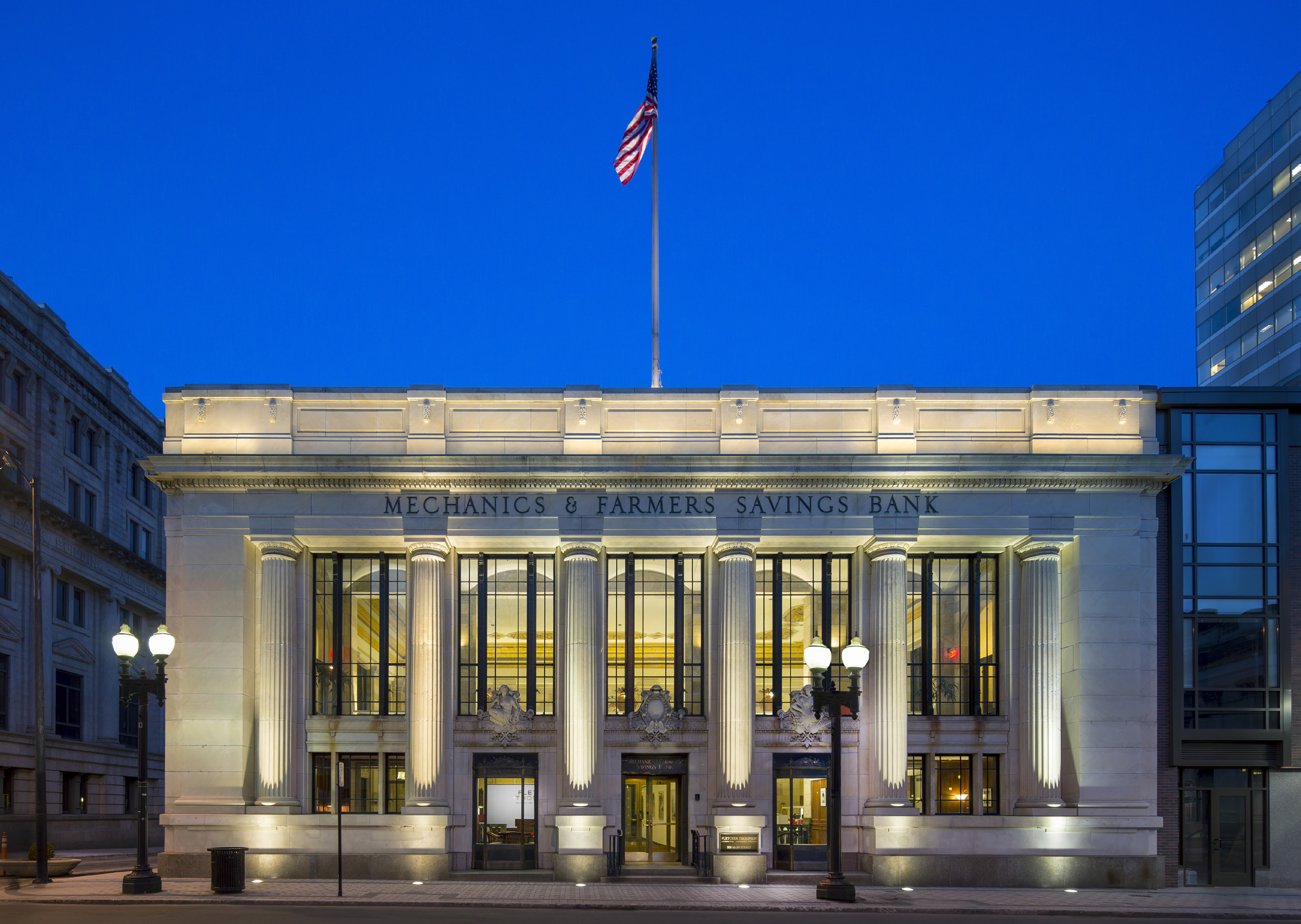
Many building types–particularly single-use properties such as banks, theaters, churches and hotels–have unique and dramatic interior spaces that are character-defining yet challenging to adapt for contemporary uses. […]
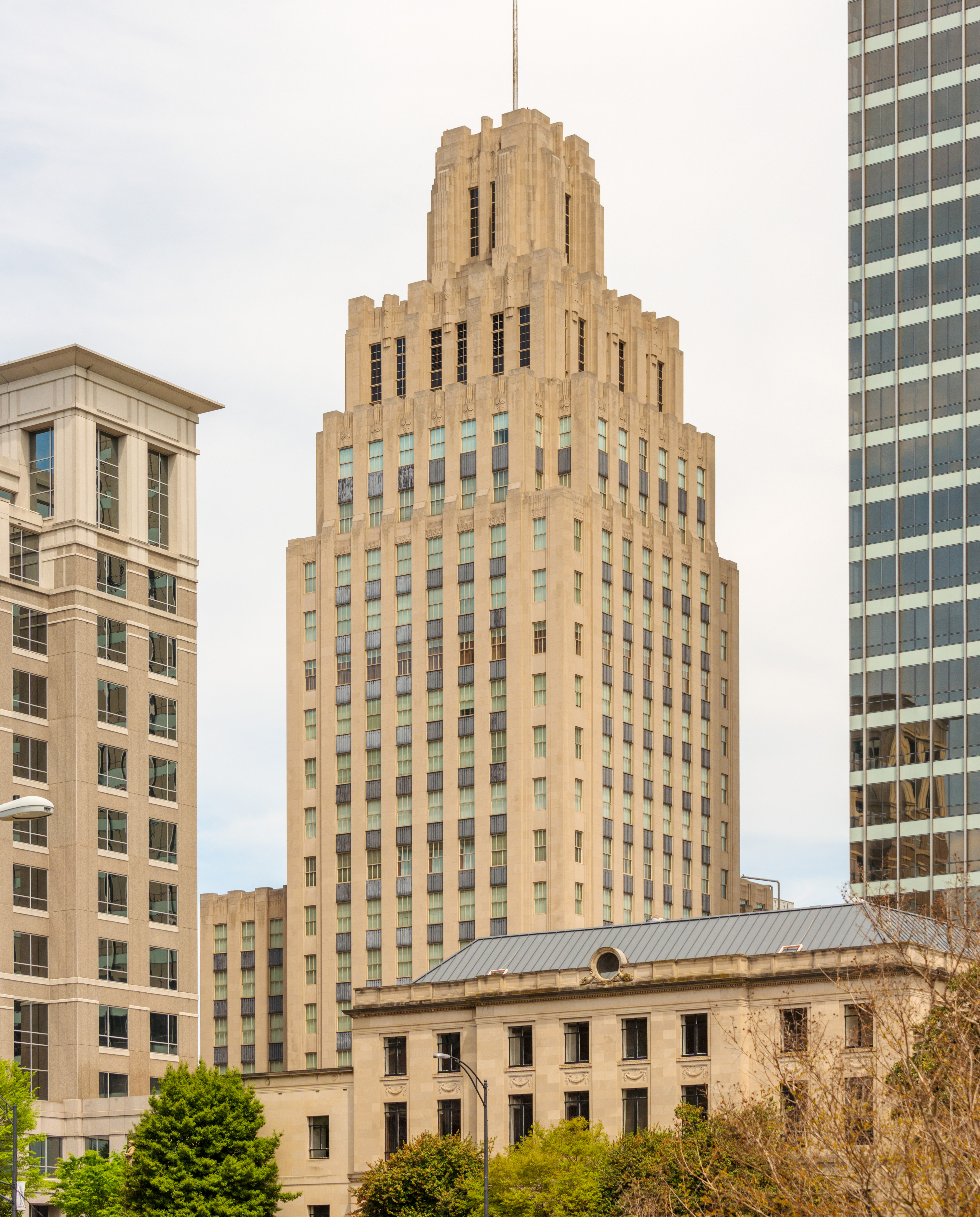
Historic buildings are celebrated as local landmarks across the country. From the tallest skyscrapers in large cities to the quaint Main Streets in small town America, these landmarks form the identity of communities. Due to their status, these landmark buildings can attain multiple levels of historic designations, including listing in the National Register of Historic […]
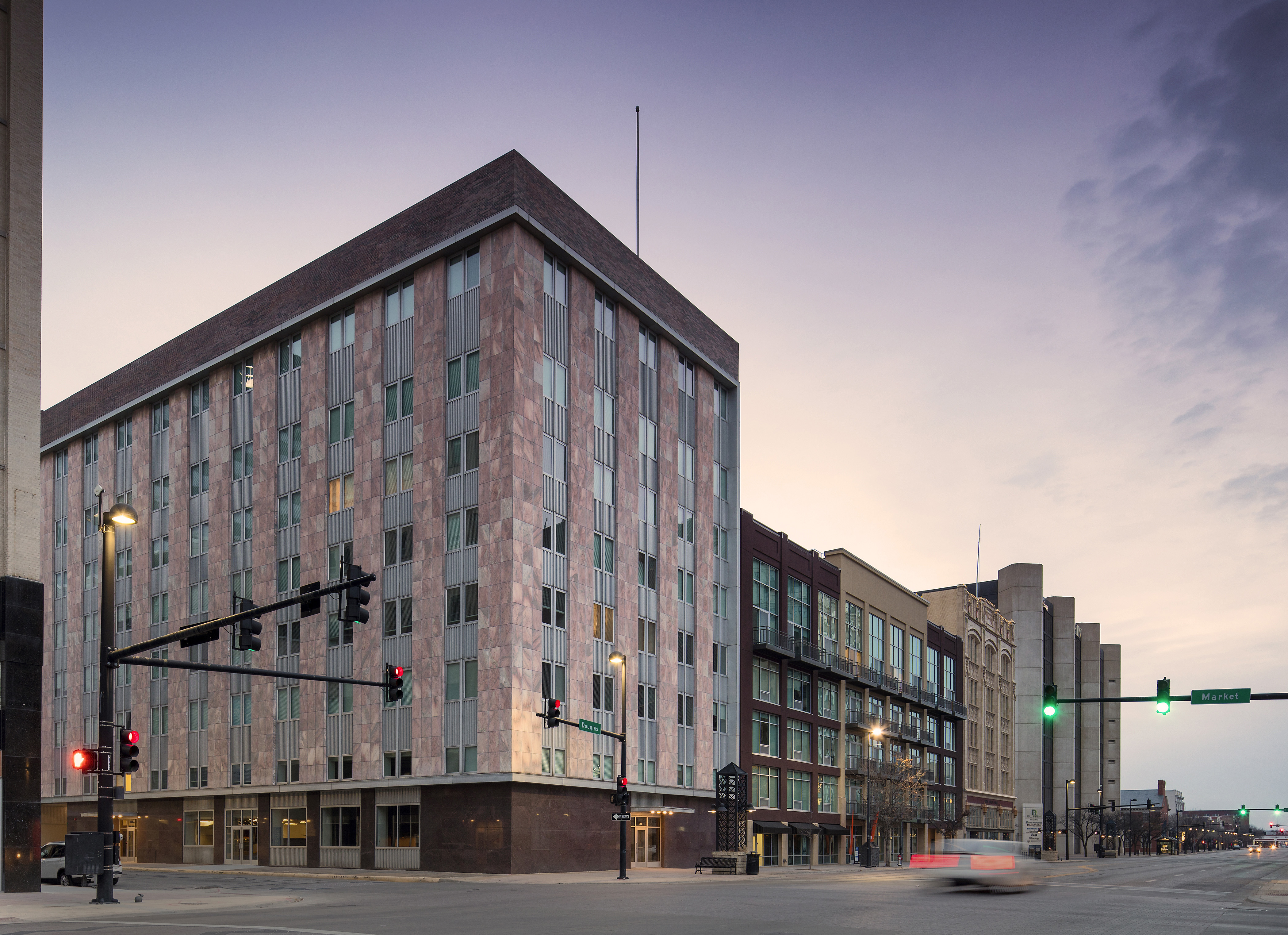
Commercial buildings are not static and do not exist in a vacuum. Intact buildings are rare. Rather, commercial structures are creatures of the real estate market and success invariably means they must be updated to meet evolving market expectations.Read full article here.